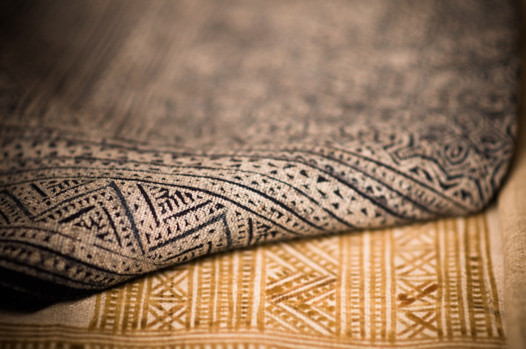
The last thing anyone would want is to come home to a sopping wet carpet. This could be the result of a serious plumbing leak which can happen during a harsh Canadian winter. With the right care, it may be possible to save the carpet. However, you will need to exercise some judgement to know what steps to take yourself and when to seek professional help.
Water damage is no fun. Wet carpet will soon begin to smell and develop mold. Items on the carpet may get ruined and, if left too long, the damp can begin to affect the structure of your home and even your health.
Clearing the Surface
Remove objects from the wet portions of the carpet such as furniture and smaller rugs. Anything that can’t be easily lifted could be placed on plastic or foam blocks, plastic film or even aluminum foil. Remove excess water by blotting with old towels, old curtains or other rags. Remember that it may not be safe to use a wet and dry vac, even if you have one. Take extra care if the water is not clean, as even water from your washing machine can be potentially dangerous.
Drying Out a Wet Carpet
If your HVAC system is working and it is safe to do so, increase the heat slightly to aid the drying process. In summer, turn on the AC to help ventilate and reduce humidity. Using portable fans or dehumidifiers can also help speed up drying, as can opening doors and windows, if the outdoor temperature allows it.
Call in the Professionals
If the flood damage is extensive or you are dealing with any type of water that you could not drink, it’s best to seek professional help. If it’s necessary to file an insurance claim, talk with your broker early. For major damage or if the wet carpet has been left too long, choose a reputable restoration company by checking out their reviews. For minor issues, a carpet cleaning should suffice. Consider what kind of products they use.
Maintain your HVAC, Foundation and Roof
One easy way to avoid a wet carpet disaster is to make sure your HVAC system is properly maintained by having it regularly serviced in time for winter. Burst pipes often occur when the temperature drops and your system needs to switch from dealing with a hot Ottawa summer to a long, cold winter.
If the temperature in your house falls too low, the water in your pipes will freeze and crack the pipes. When the water warms up again, leaks develop. Keeping your heating at a consistent temperature can help avoid this. The marginally cost of extra heating will far exceed the cost of dealing with flooding.
Other reasons you may end up with a wet carpet are foundation or roofing issues. Deal with these quickly, getting professional advice along the way: prevention is better than a cure. Better to avoid a disaster than to have to clean up afterwards. However, with professional help soon after a problem occurs, it is often possible to save the carpet after flooding.
About the Author
Jane Sandwood is a freelance writer with over 10 years of experience writing on a variety of topics. She also has several years of experience working in the cleaning industry.